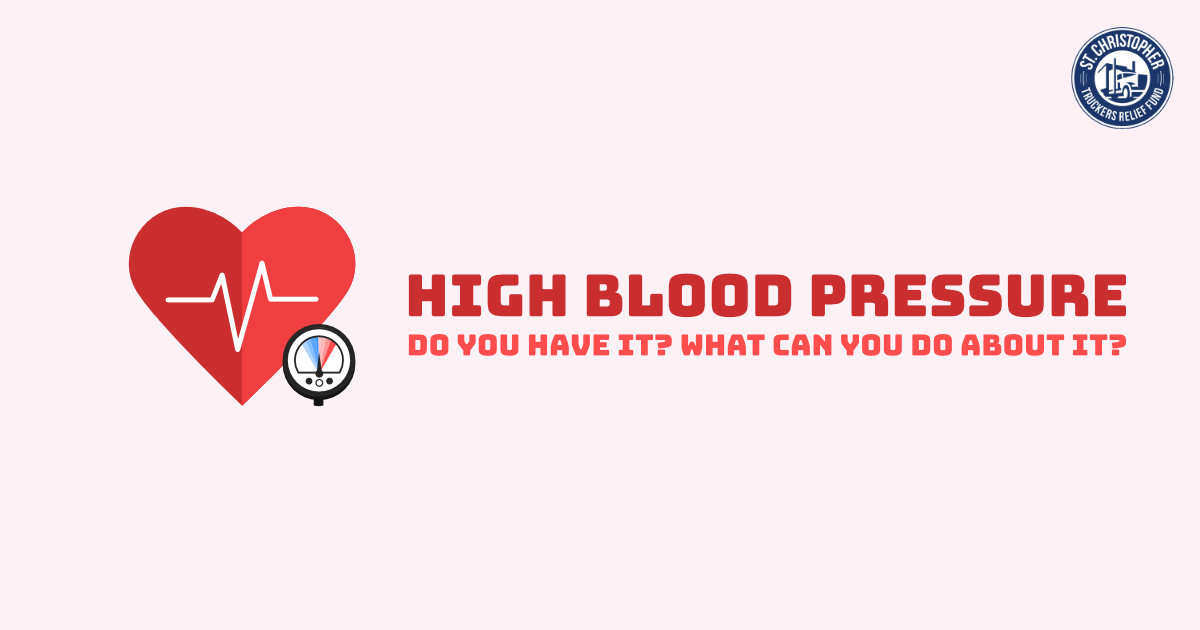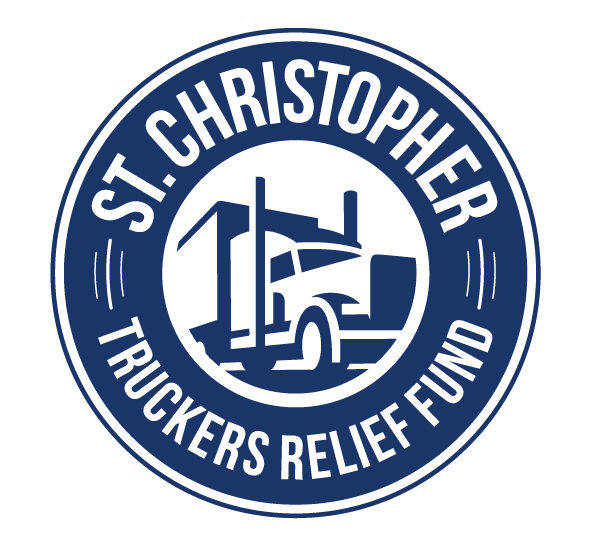
May is National High Blood Pressure Education Month. What exactly is blood pressure and what’s the big deal with it being high? I’m glad you ask. Blood pressure is the pressure of blood that pushes against the arteries in a body. Arteries carry blood to the body. If the pressure is hard against the arteries, one has high blood pressure. If it doesn’t have enough pressure, a person has low blood pressure. High blood pressure can lead to serious damage in the heart, kidneys, brain, and eyes.
Now, let’s talk numbers. There are two numbers that are important to know; a top number (systolic) number and a bottom (diastolic) number. The top number tell us the pressure put on the arteries when the heart beats, and the bottom number tells us the pressure on the arteries when the heart is resting between beats. The health community has guidelines on what is normal, at risk, and high blood pressure. Some doctors still use the original chart that was created in 2003. Other doctors use the chart of the guidelines set in 2017. Both are listed below.

High Blood Pressure, aka, hypertension, is often called “the silent killer” because it typically has no symptoms until damage has already been done to the heart. Approximately 30 percent of people in America have high blood pressure and it kills, on average, 60,000 people per year. Often times being overweight and having diabetes are contributing factors to high blood pressure. High Blood Pressure is a precursor to heart disease. When in doubt about the possibility of hypertension leading to heart disease, an individual can consult experienced cardiologists or primary care giver of repute to receive treatment or the necessary care.
There is hope! While a small percentage of people diagnosed with hypertension are due to hereditary conditions, the vast majority of high blood pressure is caused by lifestyle choices and is preventable. High blood pressure can be not only treated but also cured.
What can you do about it? That’s another great question! There is lots you can do!
- Move Your Body – Yep, there’s that word again; exercise. Not only will it release those happy hormones in your body, it has the potential to lower your blood pressure as well.
- Eat a Healthy Diet – Make one diet change at a time and celebrate your success. A few things you can do are: cut back on your sodium intake (salt), drink less sodas, cut out the fried foods, reduce your sugar intake. Water is a great alternative to soda. If you drink alcohol, limit it, as well.
- Maintain a Healthy Weight – If you eat a healthier diet and exercise consistently, you will lose naturally lose weight.
- Manage Your Stress – Lowering your stress level is crucial to having a healthy blood pressure. While we can’t control our surroundings or our circumstances, we can control how we react to them. You can learn ways to manage stress on the St. Christopher Fund website.
- Find a Good Doctor – A good doctor is key in helping you manage high blood pressure. If you need medication to help you get it under control, take your medication.
If you implement the strategies above, you may be able to reduce or do away with your medication all together. By reducing blood pressure, you reduce your risk of having a stroke or developing heart disease. Remember, you are worth the effort!
Yours in Health,
Julie Dillon
Wellness Manager/Rigs without Cigs Coordinator
St. Christopher Truckers Relief Fund
